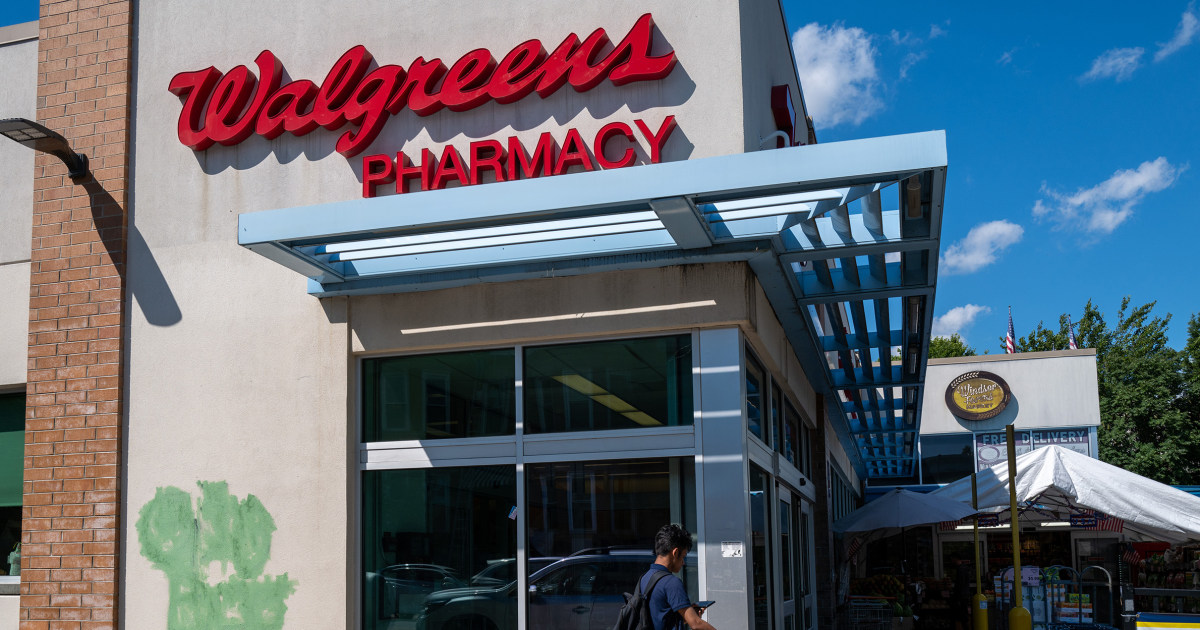Walgreens Embraces Automation: The Future of Pharmacy at Your Fingertips
In a transformative shift for the pharmacy industry, Walgreens is aggressively expanding its use of prescription-filling robots to streamline operations and improve customer service. The drugstore giant, which operates over 8,700 U.S. locations, announced this week it will deploy automated dispensing systems across 1,300 additional stores by 2025. This $1 billion investment aims to reduce pharmacist workloads, cut costs, and minimize errors as the company adapts to growing healthcare demands and labor shortages.
The Rise of Robotic Pharmacies
Walgreens’ latest move represents the largest-scale automation initiative in U.S. retail pharmacy history. The company currently operates robotic systems in approximately 400 locations, where machines process up to 300 prescriptions per hour with 99.9% accuracy—nearly double the speed of human pharmacists. Each $1 million robotic unit can store, count, label, and vial medications while integrating seamlessly with Walgreens’ digital platforms.
“This isn’t about replacing pharmacists—it’s about empowering them,” said Dr. Kevin Ban, Walgreens’ Chief Medical Officer. “By automating repetitive tasks, our pharmacists gain 20-30% more time for patient consultations, immunizations, and chronic disease management.” Industry analysts note the timing aligns with increased pressure on pharmacies since the pandemic, with prescription volumes rising 12% nationally since 2020 while pharmacist positions remain understaffed by 15%.
Balancing Efficiency With the Human Touch
While automation promises operational benefits, some healthcare advocates urge caution. A 2023 American Pharmacists Association survey revealed 68% of patients value face-to-face interactions when discussing medications. “Technology should enhance, not diminish, the caregiver relationship,” argued Janet Phillips, President of the National Alliance of State Pharmacy Associations. “We’re watching closely to ensure vulnerable populations aren’t left behind in this transition.”
Walgreens addresses these concerns by:
- Training pharmacists for expanded clinical roles
- Maintaining 24/7 pharmacist access via video chat
- Implementing AI-powered interaction tracking to flag complex cases needing human review
Early data from automated stores shows promise: customer wait times dropped by 35%, and medication adherence rates improved 18% as pharmacists spent more time counseling patients. “The robot fills my maintenance medications flawlessly,” reported Chicago customer Marcus Rivera, 62. “But when I had questions about new blood pressure pills, the pharmacist gave me her undivided attention.”
Economic and Industry Implications
Walgreens’ strategy reflects broader trends, with the global pharmacy automation market projected to reach $12.7 billion by 2030 (CAGR 8.3%). Rivals CVS and Rite Aid have tested similar systems, though at smaller scales. The push comes as retail pharmacies face shrinking margins—average prescription profits fell to $2.13 in 2023 from $3.47 pre-pandemic, according to Drug Channels Institute.
“Automation is no longer optional,” stated healthcare analyst Lydia Foster of Bernstein Research. “Between DIR fees, workforce challenges, and Medicare Part D changes, pharmacies must reinvent their economic models. Walgreens is betting big that technology can help them do it.” The company expects $400 million in annual savings by 2026 through reduced labor costs and inventory waste.
What This Means for Patients and Professionals
For consumers, the changes bring convenience and potential concerns:
- Faster service: 90% of automated refills ready within 30 minutes
- Enhanced safety: Barcode scanning reduces dispensing errors by 50%
- New services: Expanded clinical care and health screenings
- Privacy questions: Some patients wary of digital health records integration
Pharmacists face a shifting professional landscape. While the Bureau of Labor Statistics still projects 3% job growth through 2032, roles will increasingly emphasize clinical expertise over dispensing. Walgreens offers reskilling programs, with 5,000 pharmacists already trained in point-of-care testing and medication therapy management.
The Road Ahead for Automated Pharmacies
Looking forward, Walgreens plans to integrate its robotic systems with emerging technologies:
- AI-powered inventory management to predict prescription surges
- Blockchain-based drug verification to combat counterfeit medications
- IoT-enabled smart shelves that automatically reorder stock
As the healthcare landscape evolves, Walgreens’ gamble on automation could set the standard for retail pharmacies nationwide. “We’re building the pharmacy of the future today,” said CEO Tim Wentworth. “One where technology handles the routine, so our people can focus on what matters most—caring for patients.”
For consumers navigating these changes, experts recommend discussing medication concerns directly with pharmacists and utilizing Walgreens’ mobile app to track prescriptions. As automation reshapes pharmacy operations, the human element remains irreplaceable—just with more high-tech support behind the scenes.
See more WebMD Network



